Home>Furniture & Design>Interior Design Trends>What Is Cut Glass
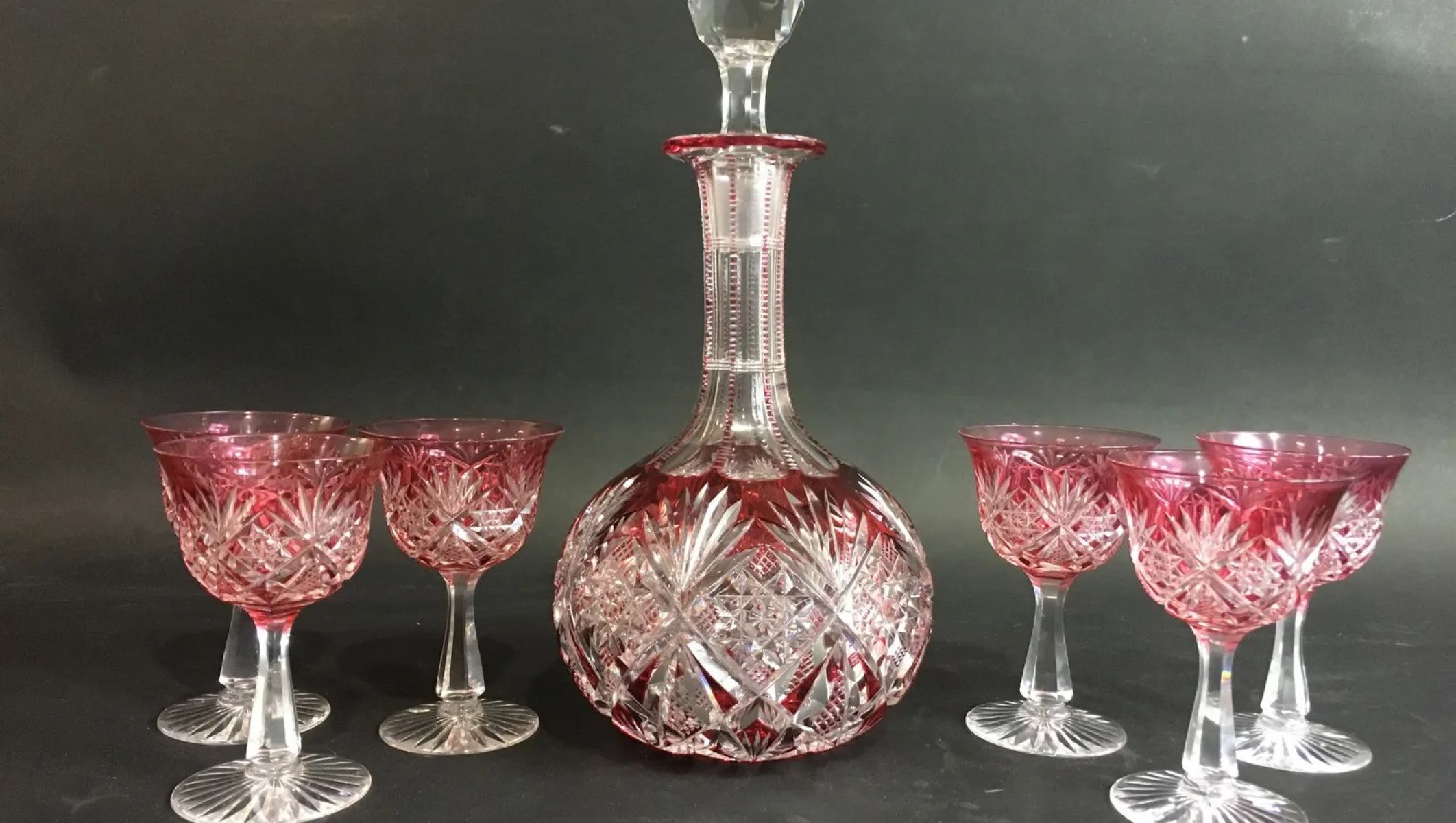

Interior Design Trends
What Is Cut Glass
Modified: February 18, 2024
Discover the latest interior design trends with cut glass, adding elegance and sophistication to any space. Learn how to incorporate this timeless trend into your home decor.
(Many of the links in this article redirect to a specific reviewed product. Your purchase of these products through affiliate links helps to generate commission for Storables.com, at no extra cost. Learn more)
Introduction
Cut glass, also known as crystal glass, is a timeless and elegant material that has been cherished for centuries. Renowned for its exquisite craftsmanship and dazzling brilliance, cut glass has adorned homes, palaces, and grand estates, adding a touch of opulence and sophistication to any space. This exquisite art form involves the meticulous cutting and polishing of glass to create intricate patterns and designs, resulting in stunning pieces that capture and refract light in mesmerizing ways.
The allure of cut glass lies in its ability to transform ordinary objects into extraordinary works of art. From sparkling chandeliers and ornate vases to delicate stemware and decorative bowls, cut glass items exude a sense of luxury and refinement that transcends time and trends. Each piece is a testament to the skill and artistry of the craftsmen who painstakingly carve and shape the glass, infusing it with a sense of timeless beauty and allure.
As we delve into the world of cut glass, we will explore its rich history, the intricate process of its creation, the diverse types available, and the myriad of ways in which it is used to adorn and enhance living spaces. Additionally, we will uncover the essential tips for caring for and maintaining these exquisite pieces, ensuring that their luster and magnificence endure for generations to come. Join us on this captivating journey through the enchanting realm of cut glass, where tradition meets artistry, and beauty knows no bounds.
Key Takeaways:
- Cut glass, also known as crystal glass, has a rich history dating back to ancient times, and its timeless beauty continues to captivate admirers with its intricate designs and unparalleled brilliance.
- Caring for cut glass is essential to preserve its timeless beauty. Gentle handling, proper cleaning, and thoughtful storage are crucial to ensure that these exquisite pieces continue to enchant and inspire for years to come.
Read more: What Cuts Glass
History of Cut Glass
The history of cut glass is a tale of exquisite craftsmanship, innovation, and enduring allure. Dating back to ancient times, the art of cutting and shaping glass has captivated civilizations across the globe. The origins of cut glass can be traced to the Roman Empire, where skilled artisans honed the techniques of glass cutting, laying the foundation for a tradition that would endure for centuries.
During the late 17th century, the English town of Stourbridge emerged as a prominent center for glass production, heralding the golden age of cut glass. It was during this period that the art of glass cutting flourished, with master craftsmen creating intricate designs and patterns that adorned a myriad of luxurious items, from decanters and goblets to dazzling chandeliers.
The 19th century witnessed a surge in the popularity of cut glass, particularly in the United States, where it became a symbol of affluence and refinement. American glass manufacturers, such as the renowned Libbey Glass Company, played a pivotal role in popularizing cut glass, producing exquisite pieces that graced the tables of the elite and adorned the interiors of grand estates.
The Victorian era further elevated the status of cut glass, as it became synonymous with elegance and sophistication. The demand for intricately cut glassware soared, leading to the creation of elaborate and ornate designs that reflected the opulence of the period.
In the early 20th century, the advent of mass production and changing consumer preferences led to a decline in the popularity of cut glass. However, the timeless allure of these exquisite pieces endured, and a resurgence of interest in traditional craftsmanship has seen a renewed appreciation for the art of cut glass in modern times.
Today, the legacy of cut glass lives on, with contemporary artisans and glassmakers continuing to uphold the tradition of precision cutting and exquisite design. From heirloom-quality crystal to modern interpretations of classic patterns, cut glass remains a cherished art form that embodies the rich history and enduring beauty of this timeless craft.
How Cut Glass is Made
The intricate art of creating cut glass involves a meticulous and multi-step process that showcases the skill and precision of master craftsmen. The journey from raw materials to a dazzling cut glass masterpiece is a testament to the dedication and artistry required to produce these exquisite pieces.
-
Gathering and Melting: The process begins with the gathering of raw materials, including silica sand, soda ash, and limestone, which are carefully measured and mixed to create a glass batch. This batch is then melted in a furnace at high temperatures, reaching a molten state ready for the next phase.
-
Shaping and Forming: Once the molten glass reaches the desired consistency, skilled glassmakers use a variety of techniques to shape and form the glass. This may involve blowing the glass into molds to create the desired shape or using traditional hand tools to manipulate the molten glass into intricate forms.
-
Cutting and Grinding: After the glass has been shaped and cooled to a manageable temperature, the process of cutting and grinding begins. Master cutters meticulously mark the glass with intricate patterns and designs, using cutting wheels and abrasive compounds to carve and refine the surface of the glass. This delicate process requires precision and expertise to achieve the desired depth and clarity of the cuts.
-
Polishing and Finishing: Once the cutting and grinding are complete, the glass undergoes a meticulous polishing process to enhance its brilliance and luster. Polishing wheels, often made of felt or cork, are used to smooth and buff the cut surfaces, bringing out the captivating sparkle and clarity for which cut glass is renowned.
-
Quality Inspection: Before the final piece is deemed complete, it undergoes rigorous quality inspection to ensure that the cuts are flawless, the surfaces are pristine, and the overall craftsmanship meets the highest standards. Any imperfections are meticulously addressed to uphold the uncompromising quality of the finished piece.
The culmination of these intricate steps results in a breathtaking work of art that captures and refracts light in mesmerizing ways, showcasing the timeless beauty and unparalleled craftsmanship of cut glass. Each piece is a testament to the dedication and artistry of the artisans who bring these exquisite creations to life, embodying the rich tradition and enduring allure of this timeless craft.
Types of Cut Glass
The world of cut glass encompasses a diverse array of styles, patterns, and techniques, each contributing to the rich tapestry of this timeless art form. From classic designs that evoke a sense of tradition to modern interpretations that exude contemporary elegance, the types of cut glass available cater to a wide range of tastes and preferences. Let's explore some of the most prominent types of cut glass that have captivated enthusiasts and collectors alike:
Brilliant Cut Glass
Brilliant cut glass, also known as American Brilliant Period glass, represents a pinnacle of craftsmanship and artistry. Characterized by intricate geometric patterns and deep, precise cuts that create a dazzling interplay of light, brilliant cut glass reached the height of its popularity during the late 19th and early 20th centuries. The exquisite designs, often featuring hobstars, diamonds, and fan motifs, adorn a variety of pieces, including bowls, vases, and stemware, showcasing the unparalleled brilliance and clarity that define this iconic style.
Read more: How To Cut Glass
Intaglio Cut Glass
Intaglio cut glass, with its finely detailed and deeply engraved designs, exudes an air of sophistication and refinement. This technique involves carving intricate motifs and scenes into the glass, creating a three-dimensional effect that adds depth and texture to the pieces. Intaglio cut glass often features delicate floral patterns, mythological motifs, and ornate scrolls, elevating each piece to a work of art that captures the imagination and evokes a sense of timeless elegance.
Rock Crystal Cut Glass
Rock crystal cut glass, inspired by the natural beauty of quartz crystal, embodies a sense of organic allure and understated luxury. This style often features irregular, asymmetrical cuts that mimic the raw beauty of natural crystal formations, infusing each piece with a sense of rustic charm and modern sophistication. The unique textures and irregular facets of rock crystal cut glass create a captivating play of light and shadow, adding a touch of contemporary elegance to any setting.
Panel Cut Glass
Panel cut glass, characterized by broad, flat cuts that form distinct panels or facets, exudes a sense of classic elegance and timeless appeal. The clean lines and bold cuts of panel cut glass create a striking visual impact, making it a favored choice for items such as decanters, pitchers, and serving pieces. The simplicity and symmetry of panel cut designs lend a sense of understated grandeur, making them versatile additions to both traditional and modern interiors.
Modern Cut Glass
In contemporary times, modern interpretations of cut glass have emerged, blending traditional techniques with innovative designs to create pieces that resonate with a new generation of enthusiasts. From sleek, minimalist patterns to bold, abstract motifs, modern cut glass reflects a fusion of classic artistry and contemporary aesthetics, offering a fresh perspective on this enduring craft. These pieces seamlessly integrate into modern living spaces, adding a touch of sophistication and allure to interior decor.
The diverse types of cut glass showcased here represent a mere glimpse into the vast and captivating world of this timeless art form. Each style and technique embodies a unique blend of tradition, innovation, and artistry, captivating admirers with its timeless beauty and enduring allure. Whether adorning a grand table setting or serving as a captivating focal point in a contemporary interior, cut glass continues to enchant and inspire, transcending generations and leaving an indelible mark on the world of decorative arts.
Read more: What Can I Use To Cut Glass
Uses of Cut Glass
Cut glass, with its timeless elegance and captivating brilliance, serves a myriad of purposes, enriching living spaces and adding a touch of opulence to everyday life. From grand chandeliers that illuminate stately ballrooms to delicate stemware that graces elegant dining tables, cut glass finds its place in a diverse range of settings, each showcasing its unparalleled beauty and versatility.
One of the most prominent uses of cut glass is in the creation of exquisite tableware and drinkware. Cut glass stemware, including wine glasses, champagne flutes, and goblets, adds a sense of refinement and sophistication to formal gatherings and celebratory occasions. The intricate patterns and sparkling clarity of cut glass enhance the visual appeal of these pieces, elevating the dining experience and imbuing it with a sense of luxury.
In addition to stemware, cut glass is often employed in the crafting of decorative bowls, serving platters, and centerpieces, infusing dining and entertaining spaces with a timeless allure. These pieces, adorned with intricate designs and radiant cuts, serve as captivating focal points, adding a touch of grandeur to table settings and interior decor.
Beyond the realm of dining and entertaining, cut glass finds its place in the creation of lighting fixtures that exude elegance and grandeur. Dazzling chandeliers adorned with shimmering cut glass pendants and prisms cast enchanting patterns of light, creating a captivating ambiance in grand halls, palaces, and upscale residences. The interplay of light and crystal within these fixtures adds a sense of drama and sophistication to any space, making them a coveted choice for those seeking to make a statement with their interior lighting.
Furthermore, cut glass is often utilized in the crafting of decorative accents and objets d'art, including vases, perfume bottles, and ornamental figurines. These pieces serve as exquisite adornments, infusing living spaces with a sense of timeless beauty and refinement. Whether displayed on mantels, shelves, or display cabinets, cut glass decorative accents add a touch of glamour and sophistication to interior decor, captivating the eye and sparking conversation.
In the realm of interior design, cut glass transcends its traditional uses, finding its place in contemporary settings and modern decor schemes. From sleek, minimalist spaces to eclectic, bohemian interiors, cut glass seamlessly integrates, adding a touch of classic elegance and allure to diverse design aesthetics.
The uses of cut glass extend far beyond mere functionality, encompassing a realm of artistry, luxury, and timeless beauty. Whether adorning a grand dining table, casting enchanting light in a majestic ballroom, or serving as a captivating objet d'art, cut glass continues to captivate and inspire, enriching living spaces with its enduring allure and unparalleled brilliance.
Care and Maintenance of Cut Glass
Caring for cut glass is essential to preserve its timeless beauty and ensure that it continues to captivate for generations to come. The delicate nature of cut glass requires thoughtful handling and meticulous maintenance to safeguard its brilliance and luster. Here are essential tips for caring for and maintaining cut glass:
Gentle Handling
When handling cut glass, it is crucial to exercise gentle care to prevent accidental damage. Always hold cut glass items by the sturdiest parts, such as the base of a vase or the stem of a goblet, to avoid placing undue pressure on delicate cuts and protrusions. Additionally, using soft, lint-free cloths or gloves when handling cut glass helps prevent fingerprints and smudges, preserving its pristine appearance.
Cleaning Techniques
Regular cleaning is vital to keep cut glass looking its best. To clean cut glass, start by gently rinsing the item in warm water to remove any dust or debris. Use a mild, non-abrasive dishwashing liquid and a soft-bristled brush to carefully clean intricate patterns and hard-to-reach areas. Avoid harsh chemicals and abrasive cleaners, as they can damage the delicate surfaces of cut glass.
Read more: How To Cut Glass Tile
Drying and Polishing
After washing, thoroughly dry the cut glass with a soft, lint-free cloth to prevent water spots and mineral deposits. To restore its dazzling brilliance, gently polish the glass with a clean, dry cloth, using light, circular motions. A soft brush can be used to remove any remaining dust or lint from intricate cuts and crevices.
Storage Considerations
Proper storage is essential to protect cut glass from chips, scratches, and breakage. When not in use, wrap each piece individually in acid-free tissue paper or soft cloth to prevent contact with other items. Store cut glass items in a secure, padded container or cabinet to minimize the risk of accidental damage.
Display and Usage
When displaying cut glass, avoid placing it in direct sunlight or near sources of heat, as prolonged exposure can cause fading and damage. Additionally, refrain from using cut glass items for storing acidic or strongly colored liquids, as these can compromise the integrity of the glass and its intricate designs.
Professional Care
For valuable or antique cut glass pieces, seeking professional care and restoration may be necessary. Professional glass restorers possess the expertise and tools to repair chips, cracks, and other damage, ensuring that these cherished pieces retain their timeless allure and value.
By following these care and maintenance guidelines, cut glass enthusiasts can preserve the beauty and integrity of these exquisite pieces, allowing them to continue enchanting and inspiring for years to come. With thoughtful care and attention, cut glass will remain a cherished and enduring treasure, captivating admirers with its timeless elegance and unparalleled brilliance.
Read more: Where To Get A Piece Of Glass Cut
Conclusion
In conclusion, the enchanting realm of cut glass stands as a testament to the enduring allure of timeless craftsmanship and exquisite artistry. From its rich historical legacy to the intricate process of its creation, cut glass embodies a tradition of precision, elegance, and enduring beauty. The diverse types of cut glass, ranging from brilliant cut to modern interpretations, offer a captivating tapestry of styles that cater to a wide spectrum of tastes and preferences. The uses of cut glass, whether adorning grand dining tables or casting enchanting light in majestic ballrooms, showcase its versatility and timeless appeal.
Furthermore, the care and maintenance of cut glass are essential to ensure that its brilliance and luster endure for generations to come. By following gentle handling practices, employing proper cleaning techniques, and thoughtful storage considerations, enthusiasts can preserve the timeless beauty of cut glass, allowing it to continue captivating and inspiring for years to come.
As we journey through the captivating world of cut glass, we are reminded of its ability to transform ordinary objects into extraordinary works of art. Each piece, meticulously crafted and adorned with intricate patterns and designs, captures and refracts light in mesmerizing ways, infusing living spaces with a sense of opulence and sophistication. Whether gracing elegant dining tables, illuminating grand ballrooms, or serving as captivating decorative accents, cut glass continues to captivate and inspire, transcending time and trends.
In a world where trends come and go, cut glass remains a timeless symbol of elegance, refinement, and enduring beauty. Its legacy lives on through the dedication and artistry of contemporary artisans and glassmakers, who continue to uphold the tradition of precision cutting and exquisite design. As we embrace the allure of cut glass, we are reminded of its ability to transcend generations, leaving an indelible mark on the world of decorative arts.
In essence, cut glass embodies the convergence of tradition and artistry, captivating admirers with its timeless elegance and unparalleled brilliance. Its enduring allure serves as a testament to the timeless craftsmanship and unwavering dedication that define this cherished art form, ensuring that cut glass will continue to enchant and inspire for generations to come.
Frequently Asked Questions about What Is Cut Glass
Was this page helpful?
At Storables.com, we guarantee accurate and reliable information. Our content, validated by Expert Board Contributors, is crafted following stringent Editorial Policies. We're committed to providing you with well-researched, expert-backed insights for all your informational needs.
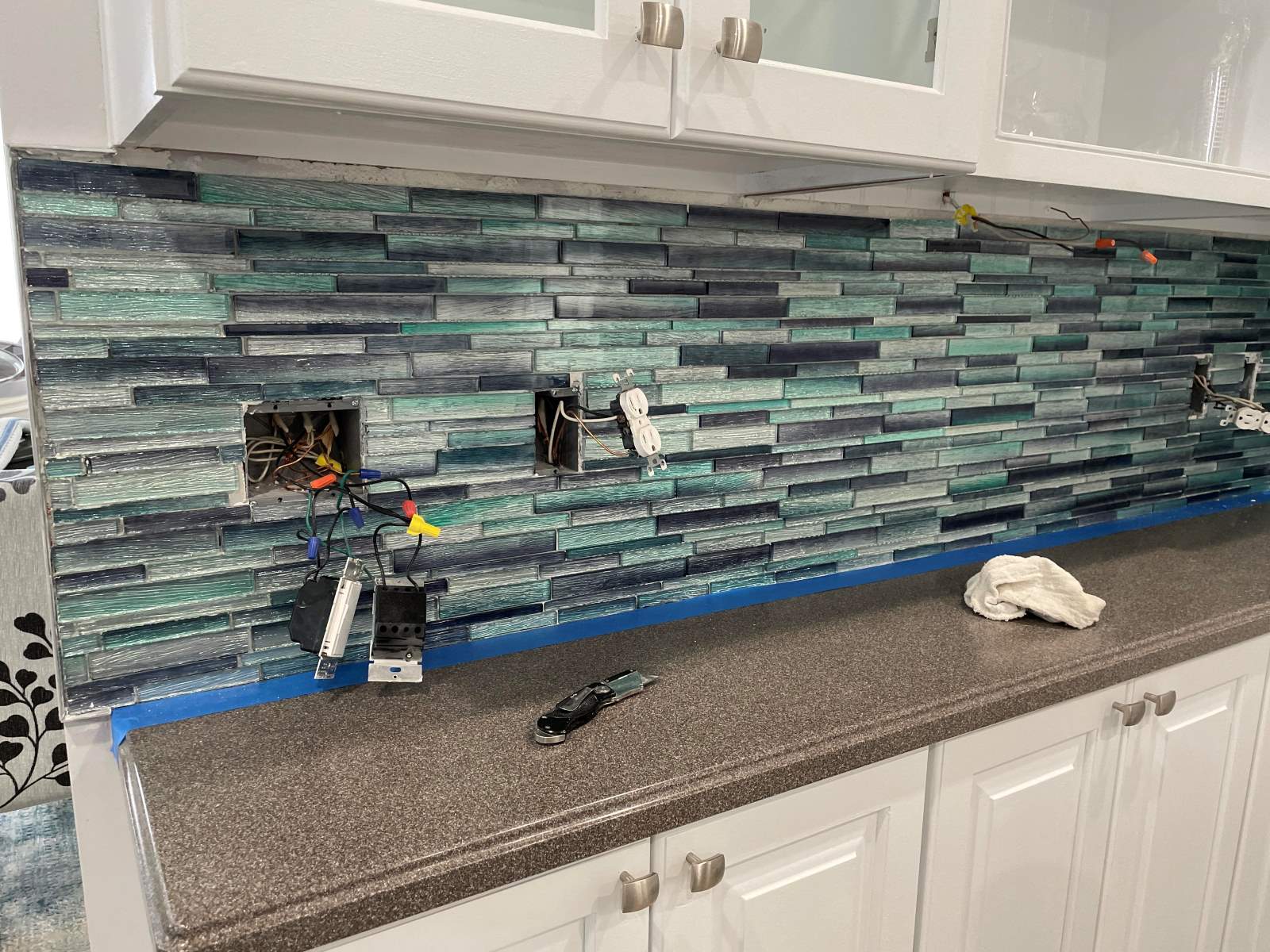
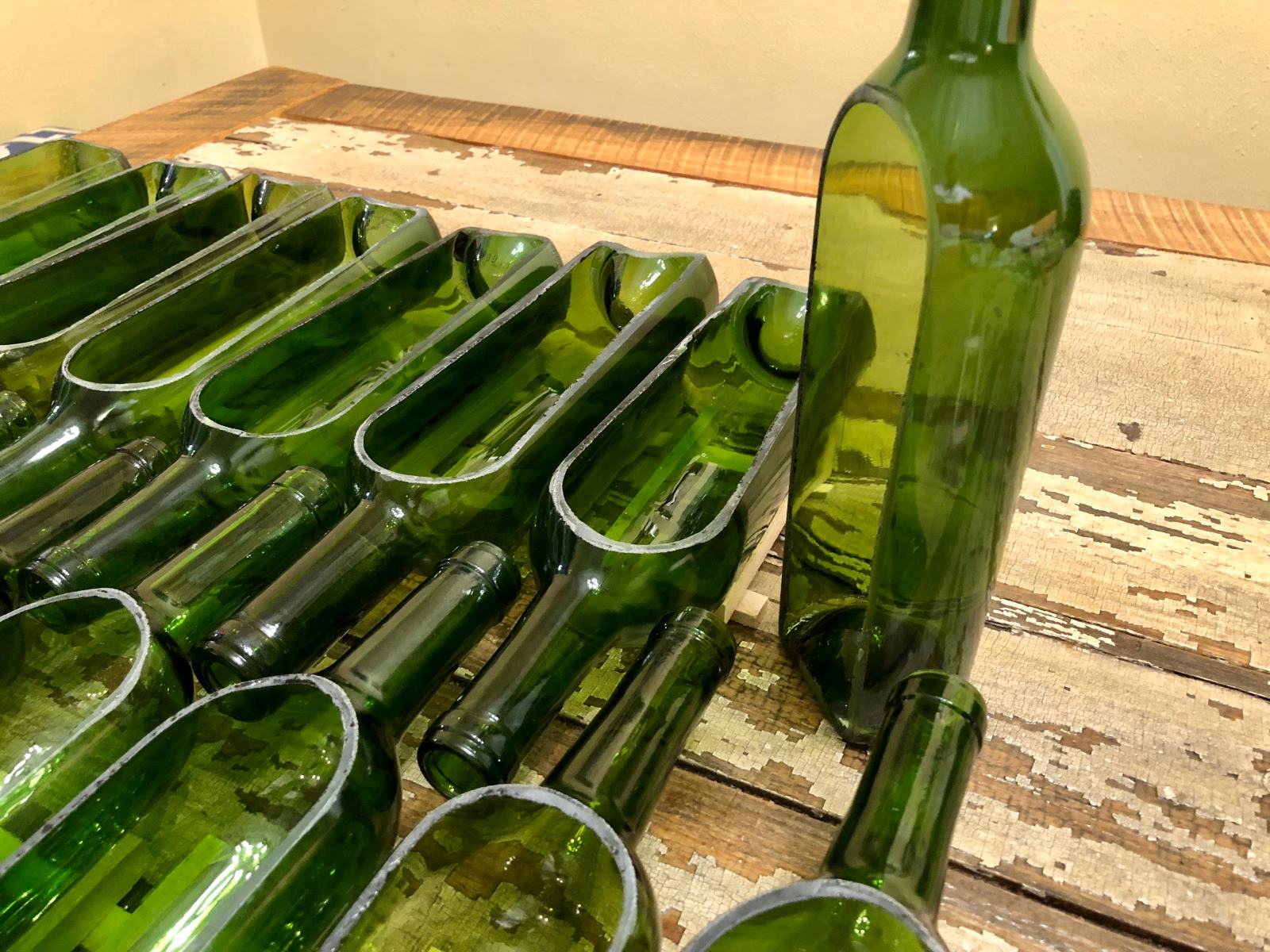

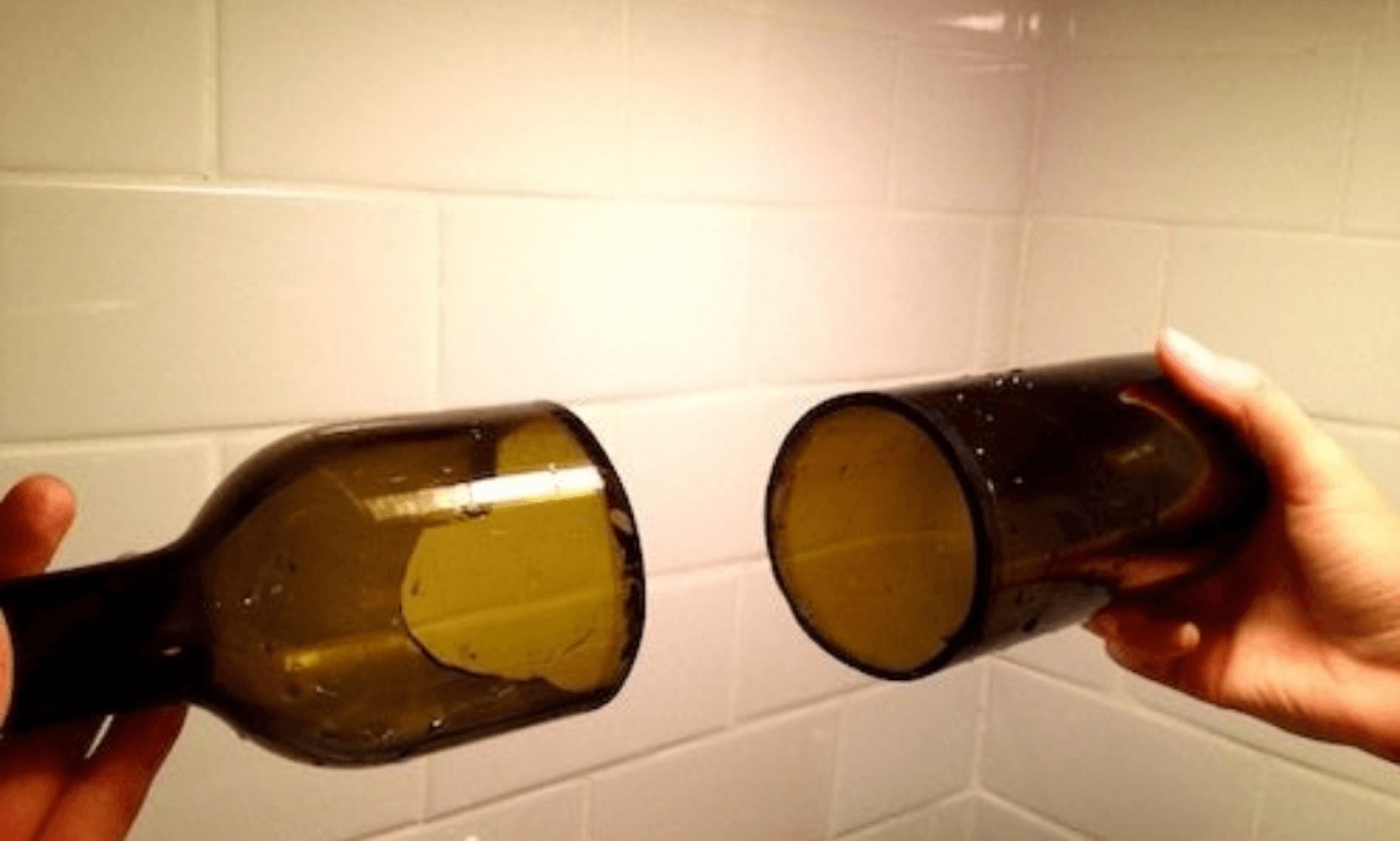

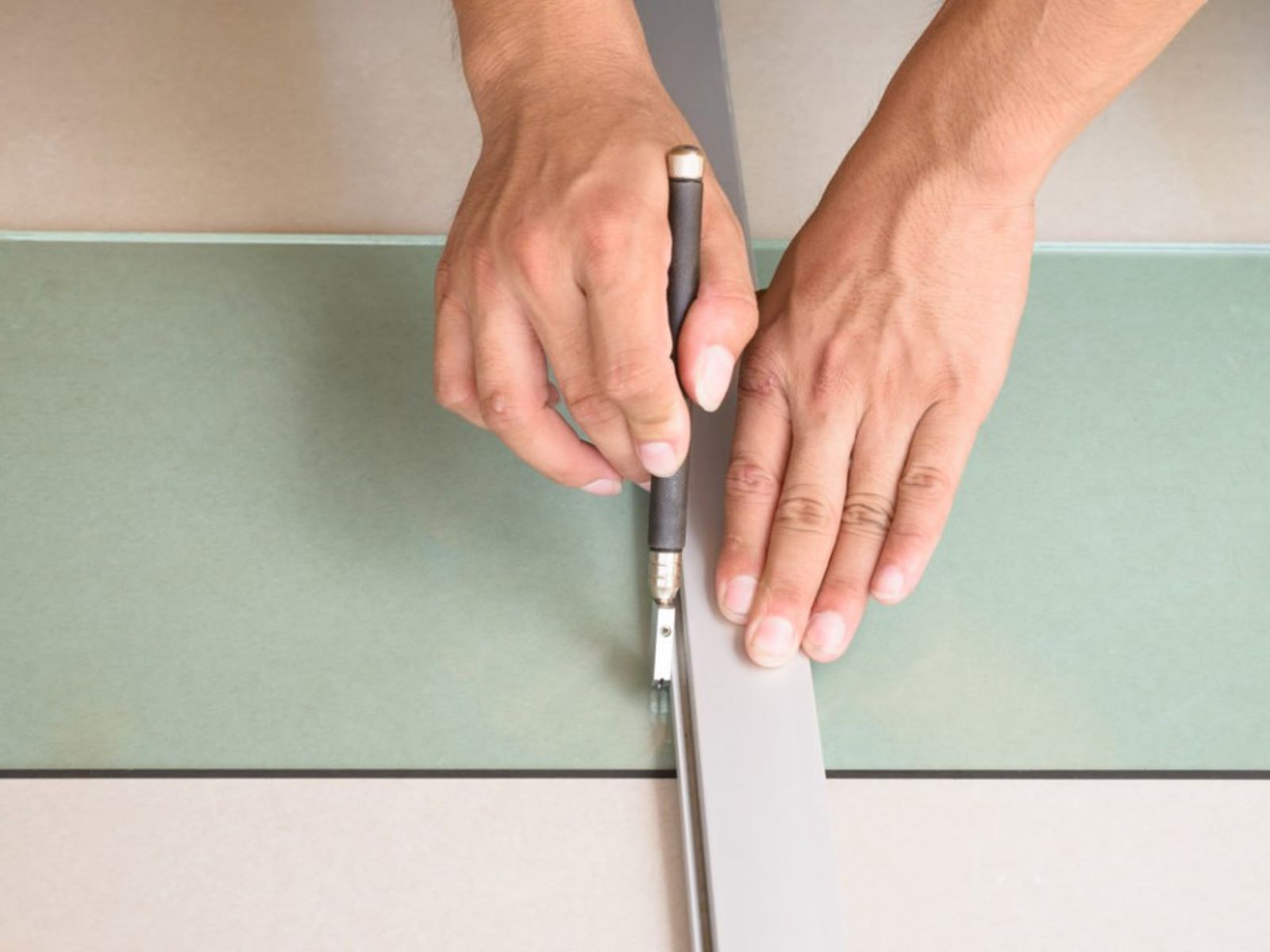




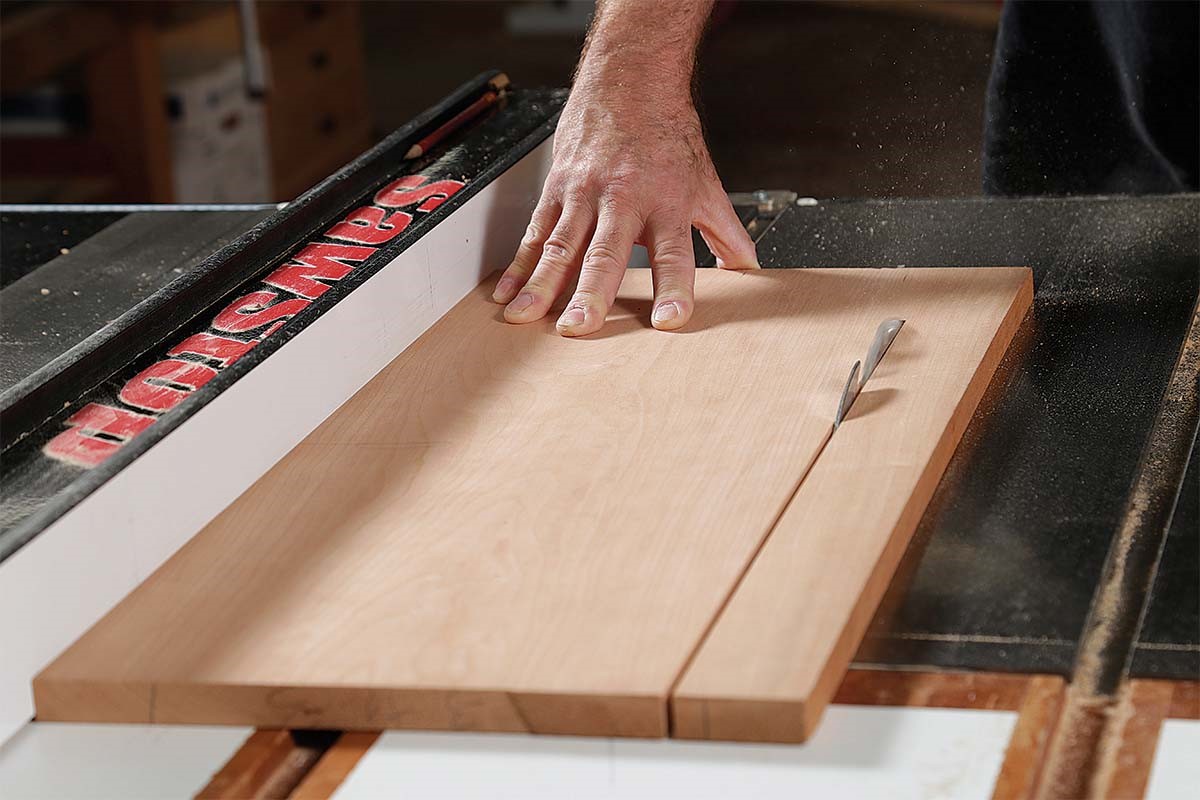

0 thoughts on “What Is Cut Glass”